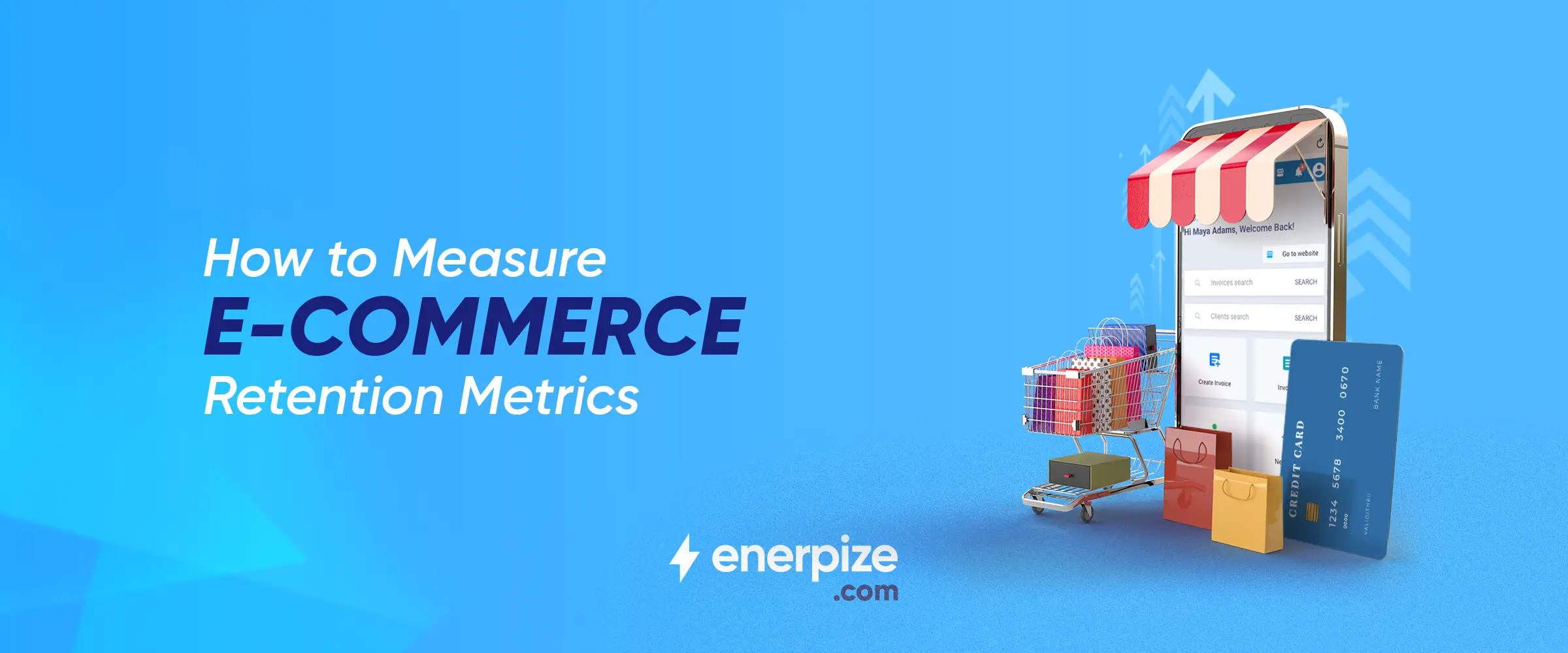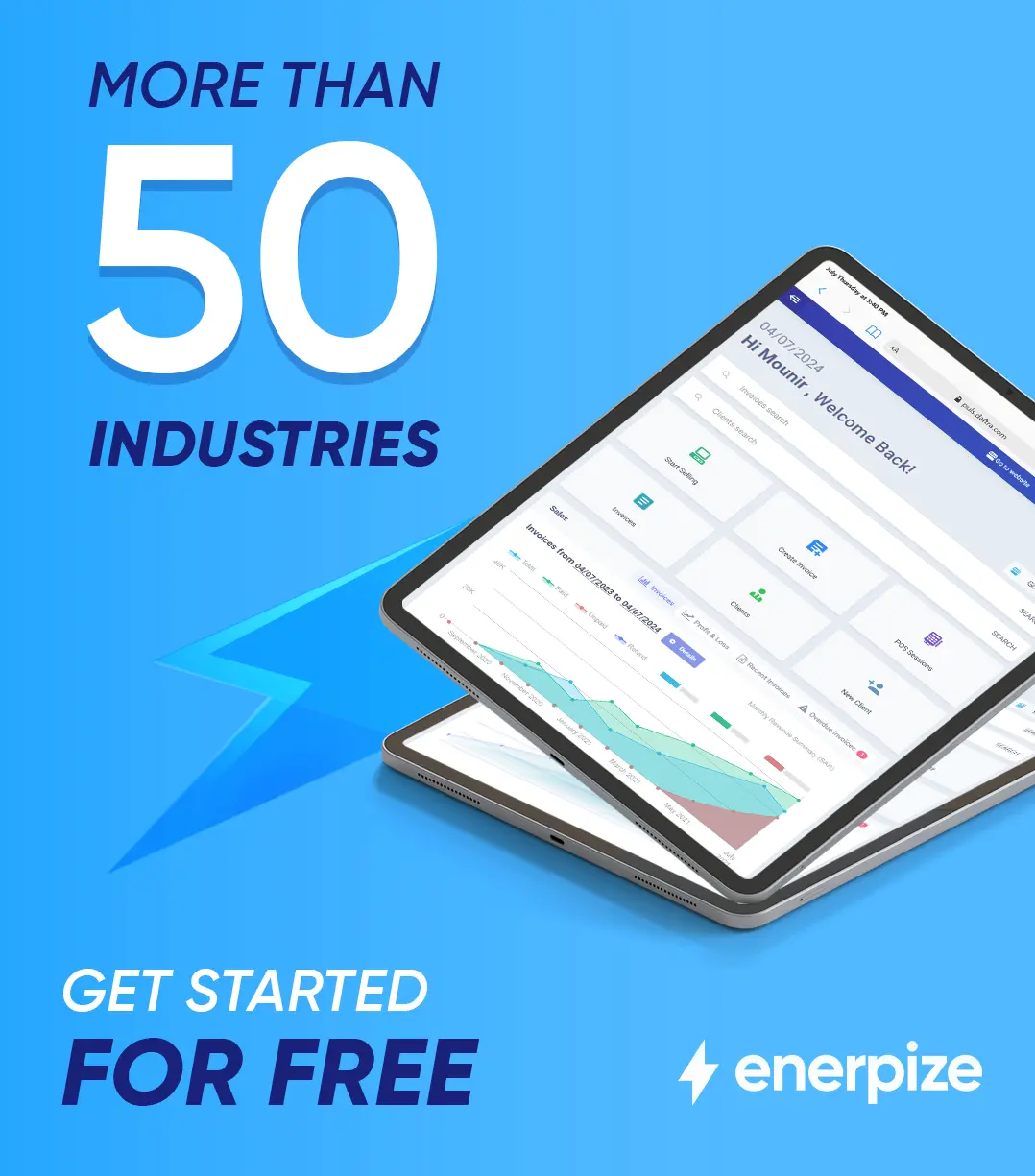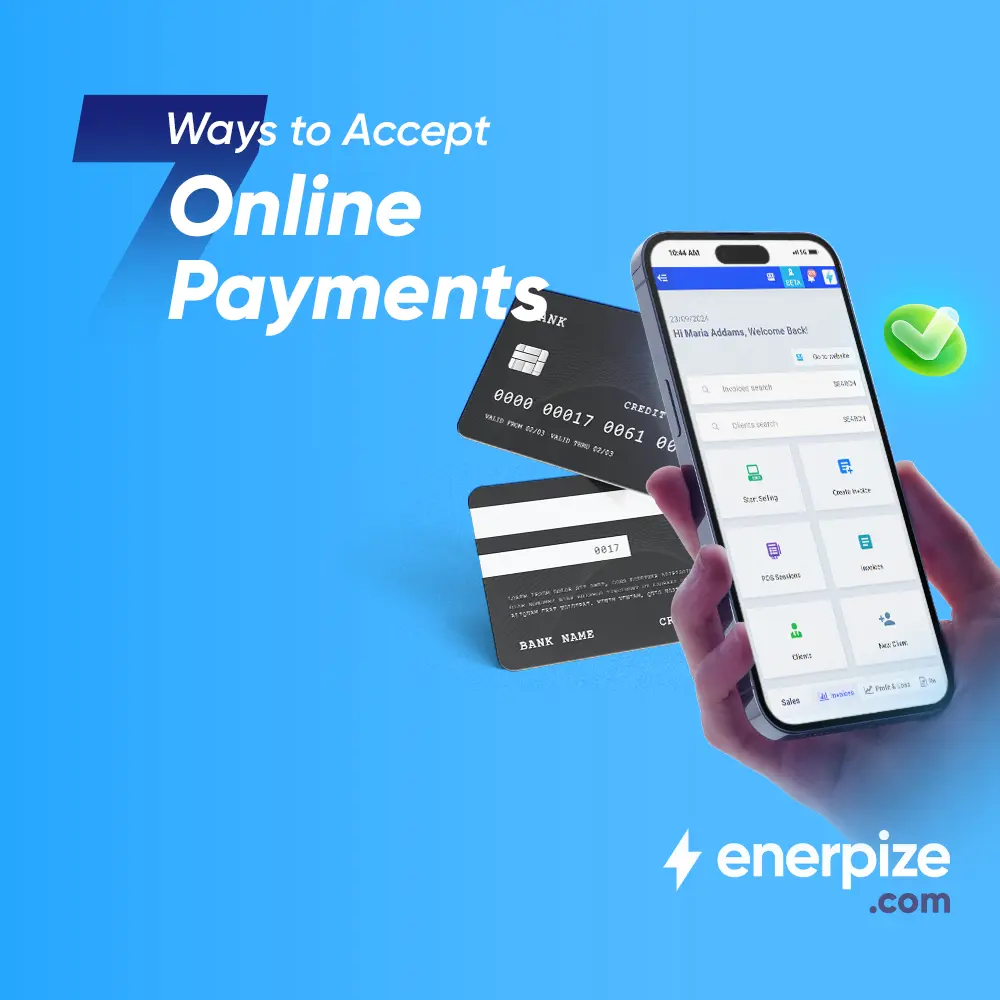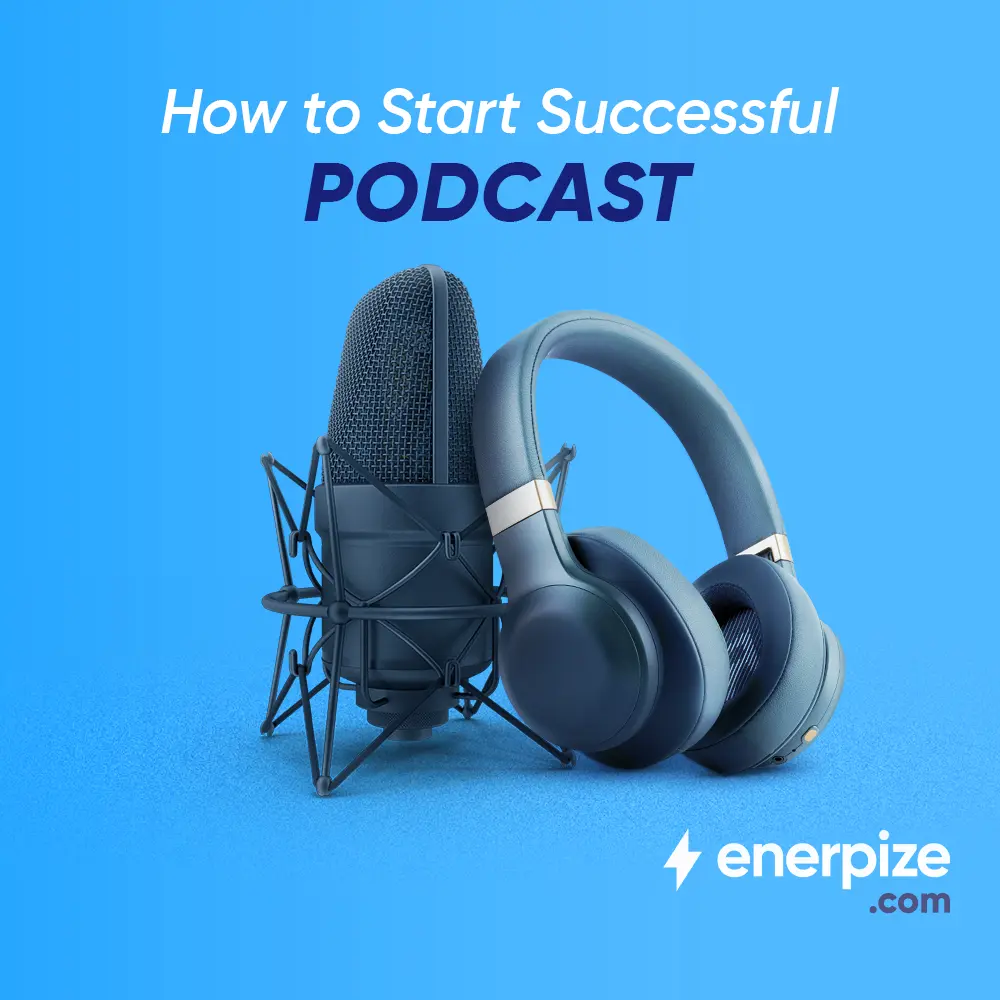Author : Haya Assem
Reviewed By : Enerpize Team
How to Measure E-commerce Retention Metrics

To measure how effectively a business keeps existing customers and builds long-term relationships, customer retention metrics are essential tools to do so. In e-commerce, retaining loyal customers is often more cost-effective than acquiring new ones. These metrics offer insights into customer satisfaction, behavior, and overall experience, helping brands reduce churn and improve strategy. By understanding and tracking key indicators like retention rate, churn, and customer lifetime value, businesses can optimize customer journeys and make informed decisions.
Key Takeaways
- Customer retention metrics help assess how well a business keeps customers over time, offering insights into loyalty, satisfaction, and engagement levels.
- Tracking these metrics reduces acquisition costs and highlights what strategies are working or need improvement across the customer journey.
- Metrics like customer retention rate and churn rate reveal how many customers stay or leave, helping identify weak points in service or product delivery.
- Net Promoter Score (NPS) and customer satisfaction scores measure how likely customers are to recommend or stay loyal, reflecting brand perception.
- Repeat purchase rate, upselling ratio, and customer lifetime value gauge long-term loyalty and overall revenue contribution per customer.
- Monitoring metrics like monthly recurring revenue and product return rate helps businesses track sales stability, product performance, and operational efficiency.
- Improving retention involves segmenting customers, streamlining website experience, launching loyalty programs, monitoring data, and providing top-tier customer service.
What are customer retention metrics?
Customer retention metrics are numerical metrics that enable you to evaluate both the chances of maintaining and recruiting customers as well as the overall success of the business. Furthermore, it allows you to track client satisfaction throughout the process and discover who is leaving your business and why. Through the insights provided by these metrics, you can determine the product's ability to convert new consumers into repeat customers through tailored methods based on the insights.
Importance of tracking e-commerce retention metrics
E-commerce retention metrics are critical for long-term success. Businesses can improve strategies, increase revenue, and effectively navigate the competitive business world. Tracking these metrics is important for various reasons, including:
- Tracking e-commerce retention metrics would effectively reduce the costs and efforts needed to reach new customers.
- Ensure the customer journey is well-curated, with a consistently satisfying customer experience from the first interaction to post-purchase engagement.
- Enable businesses to assess the effectiveness of their current strategies, providing insights to discern whether they need further adjustments.
- Helps in tailoring new appropriate strategies based on insights that encourage customers to return to your brand.
- Clarifies the reasons behind customer churn allowing businesses to address pain points, optimize user experiences, and establish a loyal customer base.
- Provides businesses with valuable insights into customer behavior over time, offering a comprehensive understanding of their preferences, purchasing patterns, and overall satisfaction.
Different types of customer retention metrics in e-commerce and how to measure them
Customer Retention Rate
This is the simplest obvious metric; it measures the rate at which a company retains customers over time. It can also indicate whether or not an existing customer retention strategy is effective. Calculating customer retention rate involves determining the percentage of customers that a business retains over a specific period. The formula for calculating customer retention rate is straightforward and involves a few key metrics.
How to calculate the customer retention rate:
Customer Retention Rate = (Customer at the end of a period) - (New customers acquired) / Customers at the start of the period ×100 For example, suppose you start the quarter with 1000 customers and by the end of the quarter, you have 950, with 200 new customers acquired during the quarter. Then your customer retention rate will be calculated as follows: (950) - (200) = 750 750 / 1000 ×100 = 75% Then your retention rate is 75%
Customer Churn Rate
A churned customer is one whom your business did not retain. A high churn rate might indicate that your company needs to improve in certain departments. Customer churn is defined as the percentage of customers that no longer use your company's product or service. The churn rate is usually calculated by dividing the number of customers lost over a period by the number of customers you had at the start of that period. For instance, if you begin the quarter with 200 clients and conclude with 180, your churn rate is 10% since you lost 10% of your customers.
Net Promoter Score (NPS)
Net Promoter Score (NPS) is a customer satisfaction and loyalty indicator that is based on the likelihood of customers recommending a company's products or services to others. The NPS categorizes customers into 3 groups based on their answers:
- Promoters (Score 9-10):
- Highly satisfied, and likely to recommend.
- Passives (Score 7-8):
- Satisfied but not enthusiastic.
- Detractors (Score 0-6):
- Dissatisfied, may discourage.
Customer Satisfaction
Customer satisfaction relates to how satisfied customers are with a company's products, services, or overall experience. It is a subjective metric that measures customers' views and feelings regarding their interactions with a business. High customer satisfaction indicates that customers find value in a company's offerings, are content with their experiences, and are likely to remain loyal. Customer satisfaction measurement is critical for businesses to determine how effectively they are meeting customer expectations and identifying opportunities for improvement. The most prevalent methods include almost all surveys, such as the NPS, online and email surveys, and tracking the customer churn rate.
Customer Growth Rate
Customer growth rate is the rate at which you attract new customers for your product or business. It is a key KPI to consider when assessing your company's growth. A positive growth rate shows that the customer base is growing, whilst a negative rate indicates that it is decreasing.
Days sales outstanding (DSO)
DSO measures the average number of days it takes for a company to collect payment after a sale has been made. It is a key indicator of a company's accounts receivable efficiency. It is calculated by dividing the total accounts receivable by the annual revenue and then multiplying the result by the number of days in the chosen period.
Product Return Rate
The product return rate is as obvious and clear as its name indicates; it is a metric that reflects the percentage of products sold that customers subsequently return. A higher return rate might indicate issues with product quality, customer satisfaction, or expectations that were not reached. This measure is frequently tracked by businesses in order to analyze the performance of their products and discover areas for improvement in customer experience or product design. It is calculated as a percentage by dividing the number of returned products by the total number of products sold and multiplying by 100.
Repeat Purchase Rate
The repeat purchase rate is a statistic that calculates the percentage of customers who make several purchases from a company during a specific period. This statistic is also an excellent indicator of consumer loyalty and whether or not the customer retention strategy is working. It is calculated by dividing the number of customers who repeat purchases by the total number of customers multiplied by 100.
Customer Lifetime Value (CLV or CLTV)
Customer Lifetime Value is a key metric that calculates the total expected income a company may expect to generate from a customer throughout their relationship. It assists businesses in understanding the long-term value of attracting and retaining customers. The formula for calculating Customer Lifetime Value varies, but the most common one is the following:
Upselling Ratio
Upselling ratio is the percentage of the total sales value that comes from successful upsells. A higher upselling ratio indicates that a significant portion of sales is generated through upselling, suggesting that customers are receptive to purchasing additional or upgraded products or services. Businesses frequently track the upselling ratio to assess the effectiveness of their upselling efforts and to uncover potential for increasing revenue by encouraging customers to make higher-value purchases.
Monthly Recurring Revenue (MRR)
Monthly Recurring Revenue (MRR) is a critical indicator for businesses, particularly in the context of subscription-based models. MRR is the predictable and regular income that a company anticipates earning from its subscription-based customers on a monthly basis. MRR is critical for subscription-based businesses for a variety of reasons, including:
- Predictable Revenue: MRR gives a reliable and predictable perspective of a company's revenue, especially for subscription services with recurring payments.
- Growth tracking: Monitors changes in MRR over time to better understand a company's growth track. A positive MRR increase suggests that the company is expanding.
- Churn Analysis: MRR enables organizations to monitor churn (subscriber attrition) and expansion (upsells, cross-sells) patterns, allowing them to fine-tune their customer retention and acquisition strategy.
To calculate the MRR there are several methods, the following formula is the most common one: Multiply the total number of monthly subscribers by the average revenue per user (ARPU).
5 Steps to improve e-commerce retention metrics
Improving e-commerce retention metrics is crucial for fostering customer loyalty and sustaining long-term business success. Here are 5 essential steps to enhance e-commerce retention:
1- Identify Your Customer Base
Customer Segmentation: Use data analysis to segment your audience based on behavior, preferences, and demographics. Recognize the varying demands of various customer categories. Buyer Personas: Create thorough buyer personas to help in the development of focused communication and marketing strategies.
2- Enhance Customer Experience
- User-Friendly Website: Build your website as user-friendly as possible. Ensure simple navigation, rapid load times, and responsiveness on mobile devices.
- Simplified Checkout Process: Simplify the checkout process to reduce friction and the risk of abandoned carts.
3- Create a Loyalty Program
Create a customer loyalty program that rewards, discounts, or special privileges for repeat purchases. As well as tiered loyalty programs to encourage customers to advance to higher levels by making more purchases and gaining access to extra incentives.
4- Monitor and Analyze Key Metrics
Regularly, track key retention metrics such as Customer Retention Rate (CRR), Repeat Purchase Rate (RPR), and Customer Lifetime Value (CLV). Analytics tools might also be useful for gaining insights into customer behavior, identifying patterns, and measuring the efficacy of retention strategies.
5- Provide Superior Customer Service
Provide responsive and helpful customer service across several channels. To improve customer satisfaction, resolve concerns as soon as possible. Follow up with customers after they've made a purchase, asking for feedback, and offering more help or information.
Final thoughts
In conclusion, succeeding in e-commerce requires a smart approach to measuring and improving retention metrics. Understanding customer retention metrics is crucial for long-term success. Exploring different types of metrics, from Customer Retention Rate to Customer Lifetime Value, provides insights into customer behavior. Tracking these metrics helps reduce costs, tailor strategies, and address customer churn. The key steps involve customer segmentation, better user experiences, loyalty programs, metrics monitoring, and excellent customer service. This approach emphasizes the critical role of these elements in fostering lasting customer relationships and ensuring sustained success in the dynamic e-commerce realm.







